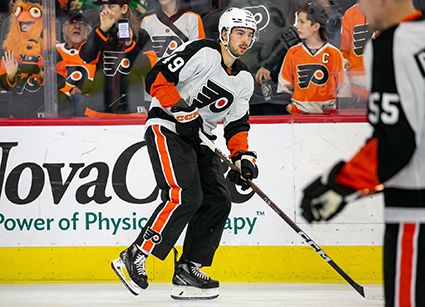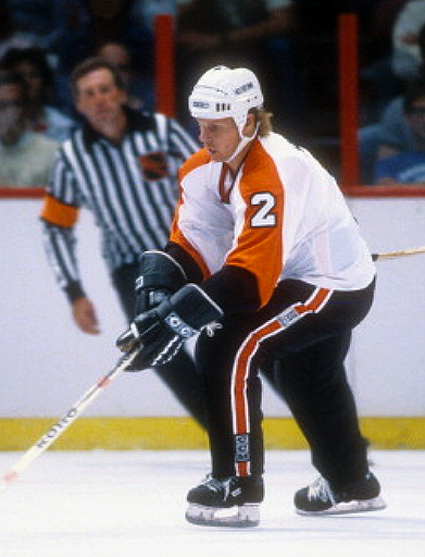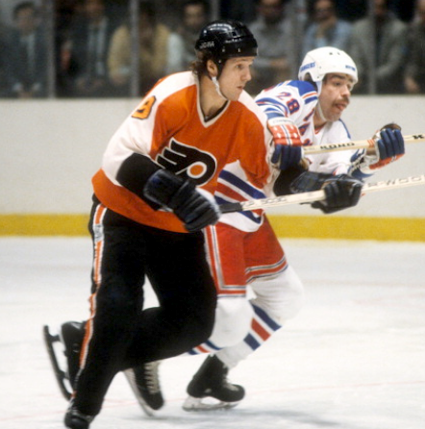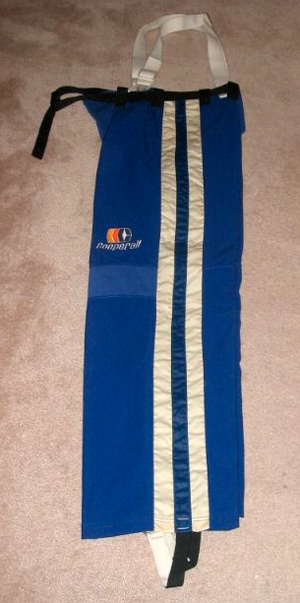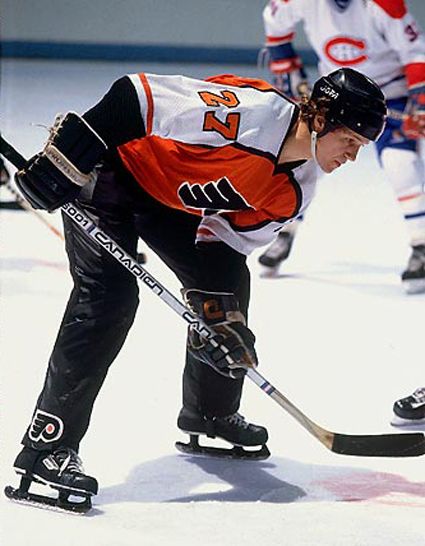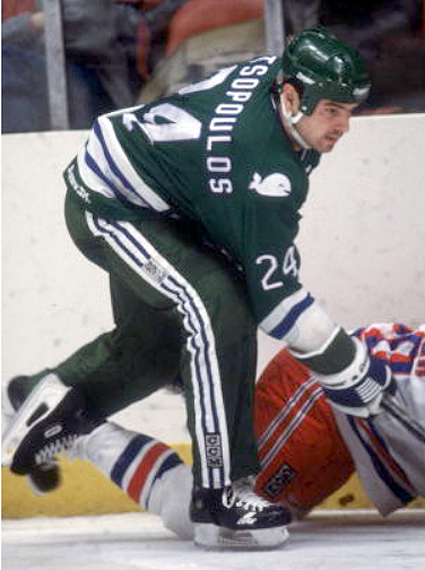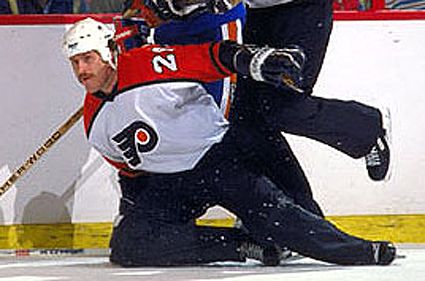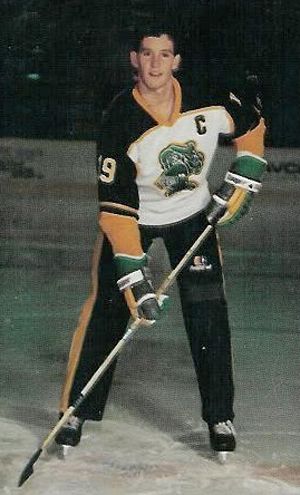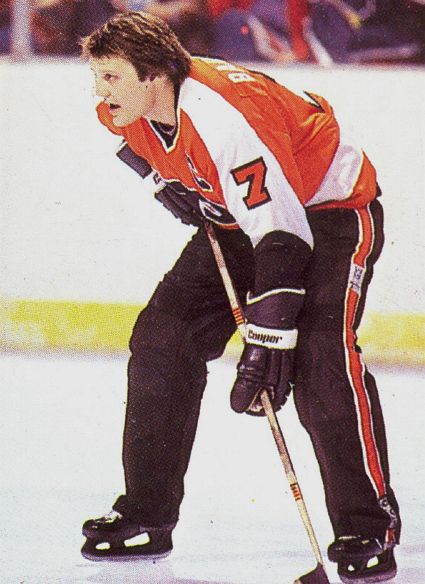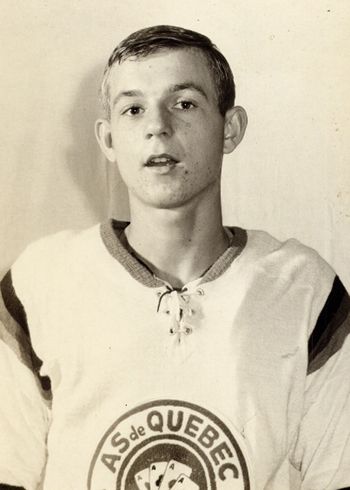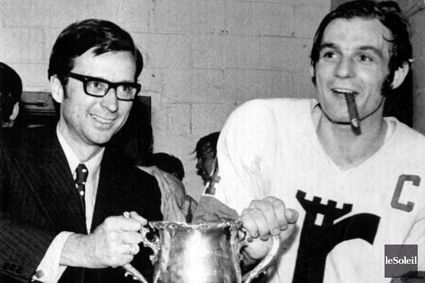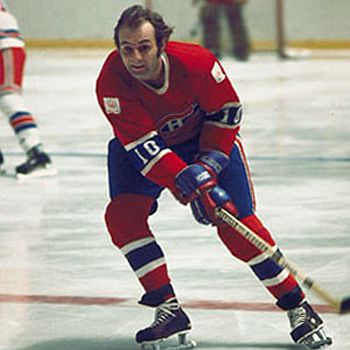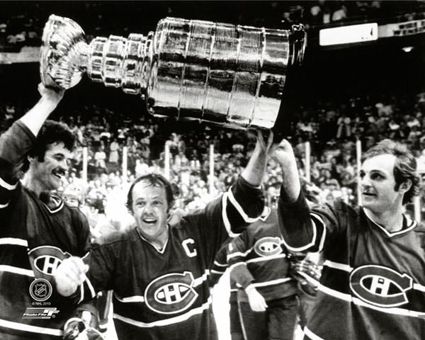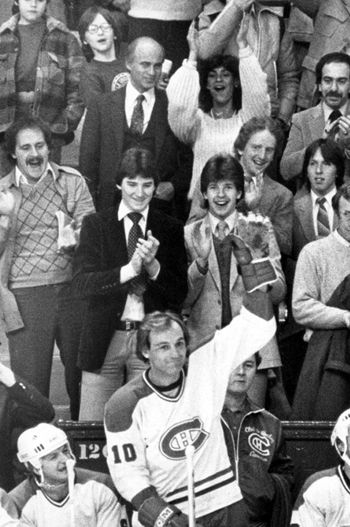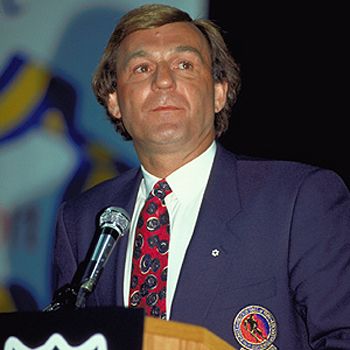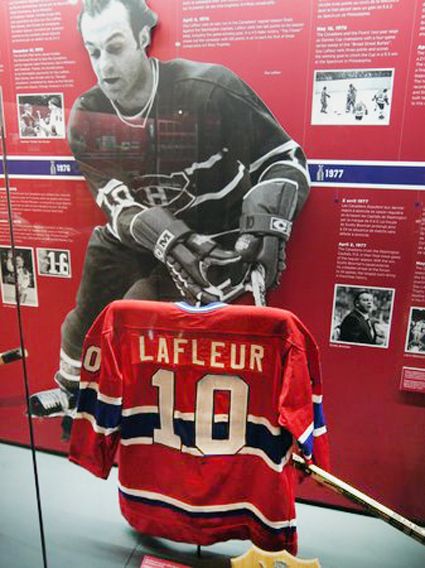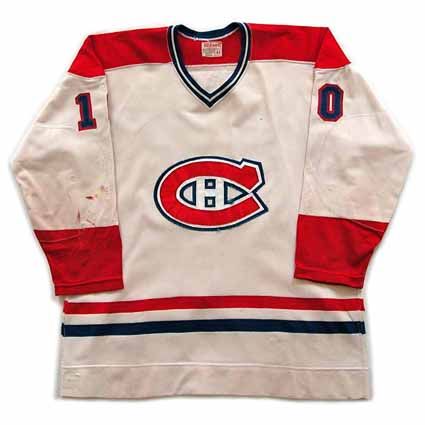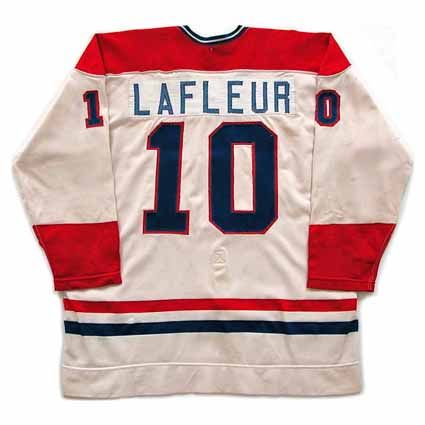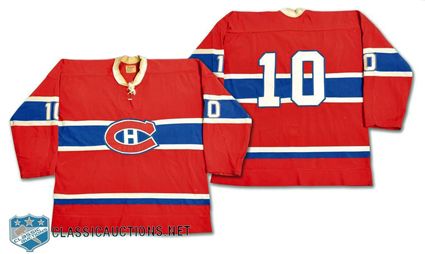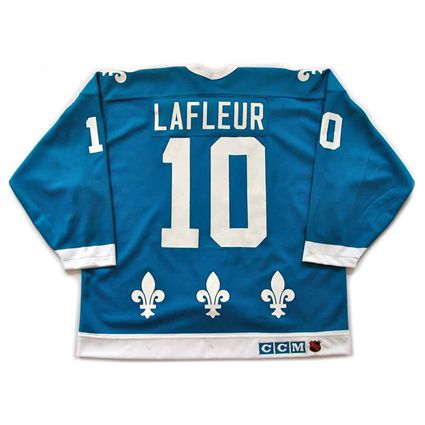He joined Brynäs IF in Division 1 for three seasons beginning in 1970-71 and found immediate success with championships in both 1971 and 1972. During this phase of his career he made his senior level debut for Sweden at the 1972 World Championships, earning a bronze medal. He returned to the squad in 1973 where his offensive game exploded with 4 goals and 6 assists for 10 points in 10 games from the blueline as Sweden came through with silver medals.
Salming's eyes were opened when he was chosen to play for Sweden in a pair of exhibition games against Team Canada, who were on their way to play the second half of the 1972 Summit Series in Moscow. The Canadians played a much rougher style of hockey, with more body checking and stickwork, but Salming realized he could compete with the NHL's best.
During this time period, the world of professional hockey in North America underwent an unprecedented expansion with the arrival of the World Hockey Association in 1972, which began with a dozen new teams all needing to fill their rosters while the NHL countered with adding the New York Islanders and Atlanta Flames to attempt to secure strategic territories before the WHA could arrive. With so many players needed to fill the roughly 280 roster spots, teams began to look beyond the borders of Canada and the United States, and the Toronto Maple Leafs turned an eye toward Sweden, with an eye on left winger Inge Hammarstrom. Salming stood out to the Toronto scouts and he too, was signed as a free agent by the Maple Leafs to make his NHL debut with the 1973-74 season.
His first game came on October 10, 1973, a 7-4 victory over the Buffalo Sabres after which Salming was named the game's number one star. With minimal offensive numbers on his resume from Sweden, the rookie impressed with 34 assists on his way to a 39 point season as he unleashed his powerful wrist shot and accurate passes upon the NHL while enduring taunts of "Chicken Swede" and a barrage of physical abuse aimed at intimidating him all the way back to Sweden.
Two seasons later in 1975-76, he elevated his game to 16 goals and 41 assists for 57 points, all while playing his customary stout defense as he changed the accepted preconceived stereotype of European players being "soft" and easy to intimidate.
Prior to the start of the 1976-77 season, Salming returned to the Sweden National Team when he was a member of their roster during the inaugural 1976 Canada Cup tournament where he scored 4 goals and 7 points in 5 games.
Beginning with the 1976-77 season when he set career highs with 66 assists and 78 points, Salming reeled off four consecutive 70 point seasons, including finishing second on the team in points with 71 in 1979-80.
In 1980-81, Salming reached 60 assists for the third and final time of his career with 61. The Maple Leafs also qualified for the playoffs for the eight straight time in Salming's eight seasons in Toronto.
Later that fall Salming again donned the Tre Kroner jersey of Sweden for the 1981 Canada Cup.
As his point totals began to decrease starting in 1980-81, his penalty minutes began to rise, starting with his first season over 100 with 154, followed by 170 in 1981-82 and topping out at 192 in 1983-84, his fourth of five seasons over 100, and the only five over 100 of his career.
A gruesome injury in the 1985-86 season saw him receive over 200 stitches in his face after being cut by a skate after being knocked to the ice. Despite the horrific nature of the injury, Salming was back on the ice three days later. He was limited to just 41 games that season, after his durability saw him never play less than 68 over the previous ten seasons, but returned in time to play 10 playoff games as Toronto returned to the postseason.
Salming would play three more seasons for Toronto, but never more than 66 games as time began to catch up to the rugged Swede. After his final of 16 seasons with the Maple Leafs, Salming would play in his first World Championships in 16 years for the 1989 edition.
Not ready to hang up his skates, Salming signed with the Detroit Red Wings for the 1989-90 season where he played the final 49 games of his NHL career.
Salming returned to Sweden and joined AIK IF of the Elitserien for the 1990-91 season, scoring 13 points in the shorter 36 game schedule.
Salming had an emotional return to Toronto in the fall of 1991 when he received a standing ovation from his fans when Sweden competed there in the Canada Cup, Salming's third. "I'll never forget our game in Toronto. The fans gave me a standing ovation during the introductions. I was representing my country and Canadian fans gave me a standing ovation. Sometimes hockey has no country," a touched Salming recalled.
During the 1991-92 AIF season Salming played in his final international tournament when he finally played in his first Olympics in Albertville, France where he went out in fine style with 4 goals and 7 points in eight games.
His playing career concluded with 6 games with AIK during the 1992-93 season, his 26th.
Salming's final NHL totals were 150 goals and 637 assists for 787 points in 1,148 games played, with his 1,099 third all-time for Toronto. He holds Maple Leafs records for Most Career Points by a Defenseman (768), Most Career Goals by a Defenseman (148), Most Career Assists (620), Most Assists in a Season by a Defenseman (66) and Best Career Plus/Minus (+155).
He was voted the winner of the Viking Award as the best Swede in the NHL in 1976, 1977 and 1979, was named to the Canada Cup All-Star Team in 1976, played in the NHL All-Star Game in 1976, 1977 and 1978 and played for the NHL All-Stars in the 1979 Challenge Cup against the Soviet Union.
He became the first Swede inducted into the Hockey Hall of Fame in 1996, was named to the IIHF Hall of Fame in 1998, had his #21 honored by the Maple Leafs and was named to the IIHF Centennial All-Star Team in 2008.
Today's featured jersey is a 1973-74 Toronto Maple Leafs Börje Salming jersey as worn during his trailblazing rookie season in the NHL. For the new decade, the Maple Leafs introduced a new, modernized jersey for the 1970-71 season, complete with a new logo. The club waffled back and forth between a lace up collar the first two seasons, changed to a v-neck in 1972-73 and back to the lace up collar again in 1973-74 and 1974-75 before a return to the v-neck from 1975-76 onwards.
Against the wishes of owner Harold Ballard, names on the back became visible and permanent in 1978-79 after which the jerseys remained unchanged through 1991-92, a run of 22 seasons for this style.
